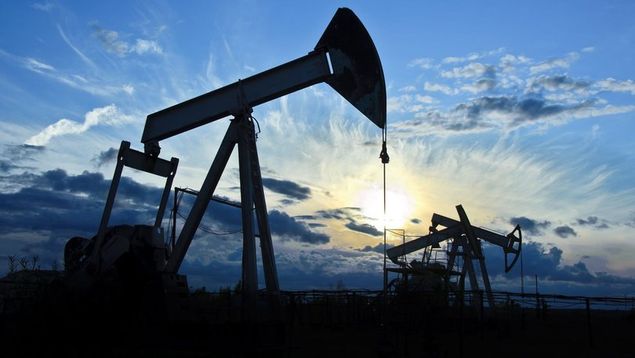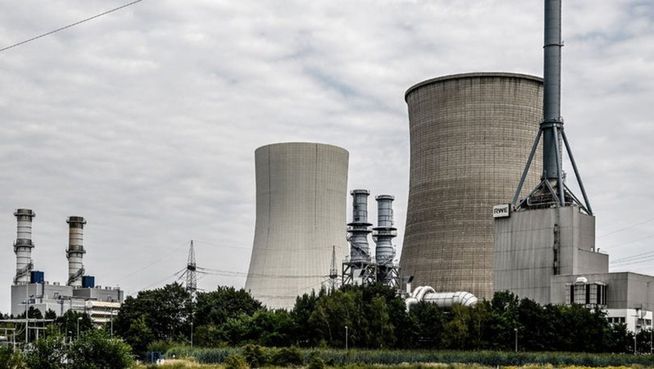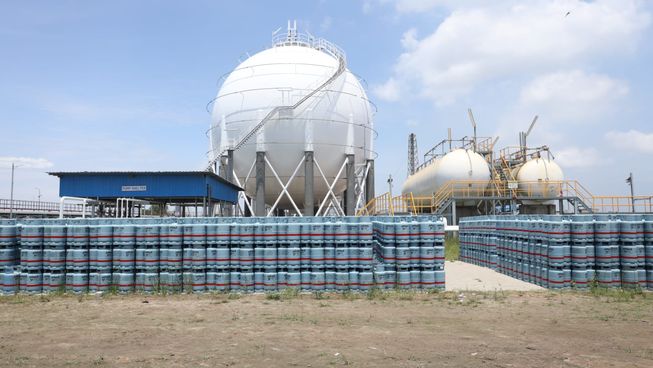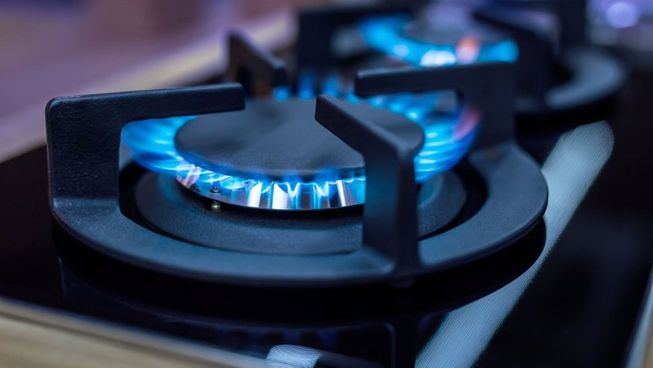The energy crisis, which started to make itself felt as of September last year as a result of the fact that the supply could not keep up with the increase in energy demand after the economies started to recover from the Kovid-19 epidemic, changed its dimension after the war started by Russia in Ukraine.
In addition to the current supply-demand imbalance, the sanctions imposed on Russia by the Western countries due to the war and Russia’s gradual, and finally indefinite cutoff of gas supply, especially to Europe, escalated the energy crisis.
At the beginning of September last year, the price of futures contracts traded at the Netherlands-based natural gas trading point TTF, which has the most depth in Europe, was at the level of 30 Euros per megawatt hour, while the prices increased continuously for a year and increased by 1000 percent to 346 Euros per megawatt hour last week. he saw.
On February 23, the day before the start of the war, the price of natural gas per megawatt hour was 87 euros. As the share of natural gas in Europe’s electricity production is approximately 25 percent, high gas prices were also reflected in electricity generation costs as an increase.
Electricity prices in Germany, one of Europe’s benchmark electricity markets, exceeded 700 Euros per megawatt-hour for the first time in August, due to the record high coal prices in this process and supply concerns. This figure was 128 Euros 6 months ago, 82 Euros 1 year ago, 35 Euros 2 years ago. Thus, electricity prices have also increased by about 755 percent since the beginning of the energy crisis.
The rise in European electricity prices prompted policy makers to intervene in the electricity market.
GAS PRICE INCREASED 370 PERCENT IN MARCH-AUGUST PERIOD
Sarah Brown, Senior Energy and Climate Analyst at London-based think tank Ember, stated that the energy crisis was partly caused by the post-pandemic supply-demand imbalance, but Russia’s moves led to an increase in gas prices in the European Union (EU) before the war.
“TILL 2025 AT LEAST…”
Stating that Gazprom did not fill the gas tanks in the EU by acting strategically, Brown shared the following information:
“Russia did not increase the natural gas flow to the EU when gas demand increased. The TTF price, which was 11 Euros per megawatt hour in July-December 2020, rose to an average of 70 Euros in the July-December 2021 period. This increase was not due to the war, but the war caused the gas crisis. The TTF price, which rose to 216 Euros per megawatt-hour in March, reached new record levels in July and August. These increases occurred after the gas flow via Nord Stream was reduced by up to 20 percent and Russia’s threats that the gas would be cut off completely. prices averaged 136 Euros per megawatt hour in the period from March to August 2022. This figure was on average 29 Euros per megawatt hour in the same period of last year, which means that there was a 370 percent increase in average prices in this period. European gas prices will exceed 100 Euros per megawatt hour until at least 2025. This level of prices means high prices for electricity as long as natural gas continues to be used in electricity generation. It’s coming.”
“THE MAIN POLICY FAILURE OF THE EU TO CONSIDER IMPORT GAS AS A SOURCE OF PASSWORD”
Expressing that Europe’s way out of the energy crisis is renewable resources, Brown said, “Europe’s main mistake in energy policy in the last 10 years is that it sees imported natural gas as a transitional source and does not put cheap and clean renewable resources into operation faster. “I think lessons have been learned and member states are taking urgent steps to use clean sources more in their electricity supply. The war and the energy crisis have accelerated the transition to renewable energy.” he said.
Noting that these targets are included in the EU’s REPowerEU plan, Brown explained that achieving the target of generating electricity from clean sources by 2035 will reduce electricity bills, contribute to energy security and reduce emissions.
Pointing out that the temporary emergency solutions taken at the moment should not deviate the EU from its climate targets, Brown said, “The EU will not deviate from these targets either. Currently, important steps are being taken to reduce total gas consumption by 15 percent in the next 7 months, and efforts to reduce the demand for fossil fuels are after this winter. will continue. In addition to these steps, faster solar and wind capacity creation is the solution to the energy crisis.” said.
“CONFIDENTIAL STEPS ARE NEEDED TO REDUCE DEMAND AND GAS USE”
Ana Maria Jaller-Makarewicz, European Analyst at the Institute of Energy Economics and Financial Analysis (IEEFA), drew attention to the supply-demand problems that triggered the energy crisis and said, “The increase in energy demand due to extreme weather events and the problems in electricity generation from nuclear are among the other factors of the crisis. And I think that electricity prices may remain extremely high for the next 1-2 years, and although there is a slight decrease afterwards, high prices will be with us in the next 5 years.” made a prediction.
Reminding that the EU has set ambitious targets to solve the energy crisis in the REPowerEU plan, Jaller-Makarewic said that if the countries do not act together, there may be problems in the implementation of these targets.
Jaller-Makarewic also stated that the possibility of countries to find solutions to their natural gas supply problems by expanding their natural gas infrastructure poses a risk, and said:
“Governments should start now and offer concrete solutions to reduce the demand for natural gas and electricity or reduce the share of gas. One of these could be the expansion of heat pumps through a large-scale program.”




